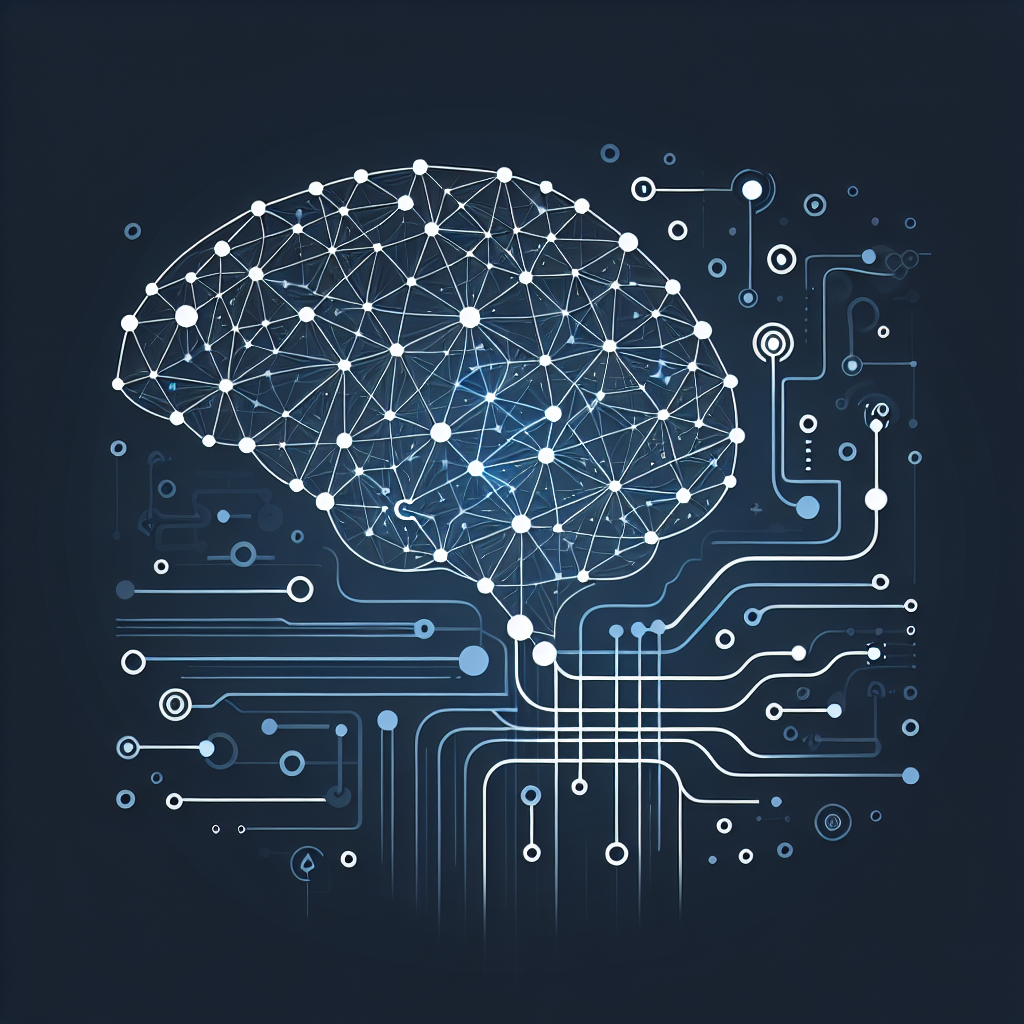Artificial Intelligence (AI), Machine Learning, Deep Learning. These terms have been frequently encountered in various media with recent technological advancements, but each term refers to distinctly different concepts. In this post, we will summarize these three concepts and then briefly introduce the deep learning frameworks that will be covered moving forward. This series aims to analyze the advantages, features, and actual usage of each framework to help readers choose the most suitable one.
Concepts of AI, Machine Learning, and Deep Learning
AI (Artificial Intelligence) refers to the technology that enables computer systems to mimic human intelligence in performing tasks. The purpose of AI is to solve complex problems or analyze vast amounts of data to derive meaningful results. In this process, AI is designed to possess advanced capabilities such as reasoning, learning, and higher-order thinking beyond simple calculation. AI is broadly divided into two types: Weak AI, which is trained to perform specific tasks, and Strong AI, which has reasoning abilities similar to human cognitive processes. Weak AI is primarily utilized in applications like chatbots, voice recognition systems, and game engines, whereas Strong AI is theoretically possible but has not yet been developed.
With advancements in AI technology, detailed fields such as Machine Learning and Deep Learning have developed. In particular, Machine Learning is the most prominent area within AI technology, focusing on methods that allow computers to learn from data and gradually improve their performance. The core of machine learning is to identify patterns in data and use them to create predictive or classification models. Machine learning is largely divided into three methods: , which uses labeled data for learning; Unsupervised Learning, which finds patterns and performs clustering tasks with unlabeled data; and Reinforcement Learning, which encourages a system to learn optimal behavior through a reward mechanism. Machine Learning enables data-driven decision-making and automation across various industries, particularly in recommendation systems, predictive models, and autonomous driving.
Deep Learning is a subset of machine learning, based on artificial neural networks (ANN) that enables deeper and more complex structures of learning. Deep learning models use multi-layered neural networks to learn from large amounts of data and complex patterns, achieving remarkable performance especially in image recognition, speech recognition, and natural language processing. The basic structure of artificial neural networks mimics human brain networks, extracting data features step-by-step and allowing for more detailed analysis. Deep learning has gained attention as a technology capable of effectively processing image, video, audio, and natural language data, particularly through advances in Convolutional Neural Networks (CNN) and Recurrent Neural Networks (RNN). The powerful computational abilities of deep learning continue to develop as data volume and computational power improve, firmly establishing it as a key technology in various industries.
Deep Learning Frameworks to be Explored
As deep learning has become mainstream, various deep learning frameworks have been developed to implement it efficiently. The frameworks that will be covered in this series are major tools widely used by researchers and developers today, each with different characteristics that will be useful for those contemplating which framework to choose. The representative deep learning frameworks we will look at include:
- TensorFlow
An open-source library developed by Google that supports various machine learning tasks, including deep learning. TensorFlow offers diverse functionalities and, thanks to its large community, provides abundant learning materials and examples, making it ideal for beginners. - PyTorch
A deep learning framework developed by Facebook, characterized by its Pythonic interface. Its intuitive code and easy debugging have made it very popular among researchers, and it is now widely used in commercial projects as well. - Keras
Keras is a high-level neural networks API that is now integrated as part of TensorFlow. It allows for the easy construction of complex deep learning models through a user-friendly API, making it suited for beginners. - MXNet
An open-source deep learning framework led by Amazon, particularly strong in large-scale data training due to its ease of multi-GPU training. It boasts excellent flexibility and scalability, making it widely used in many studies. - JAX
A library created by Google for deep learning and numerical computing, which provides an interface similar to Numpy while enabling fast computations on GPUs and TPUs. It is especially popular in research and development.
Conclusion and Preview of the Next Post
We have reviewed the concepts of AI, Machine Learning, and Deep Learning, and briefly introduced the key deep learning frameworks that will be explored moving forward. In the next post, we will analyze each framework in depth, starting with TensorFlow. Let's examine what features TensorFlow has and why so many people choose this framework.


There are no comments.